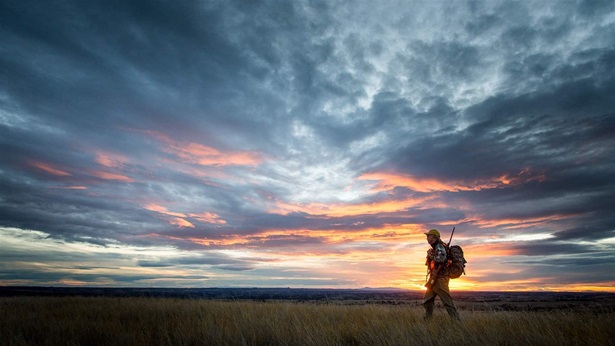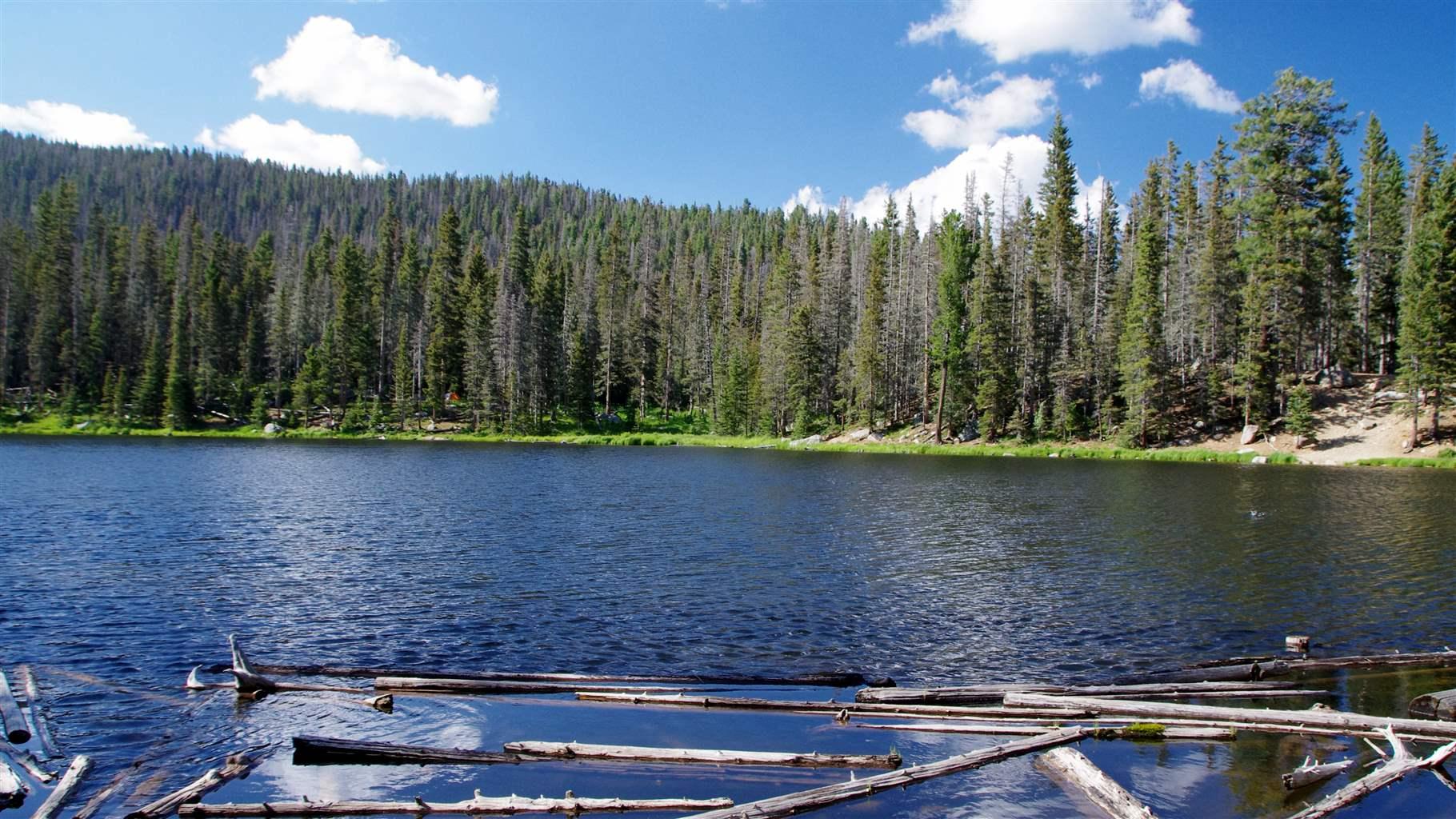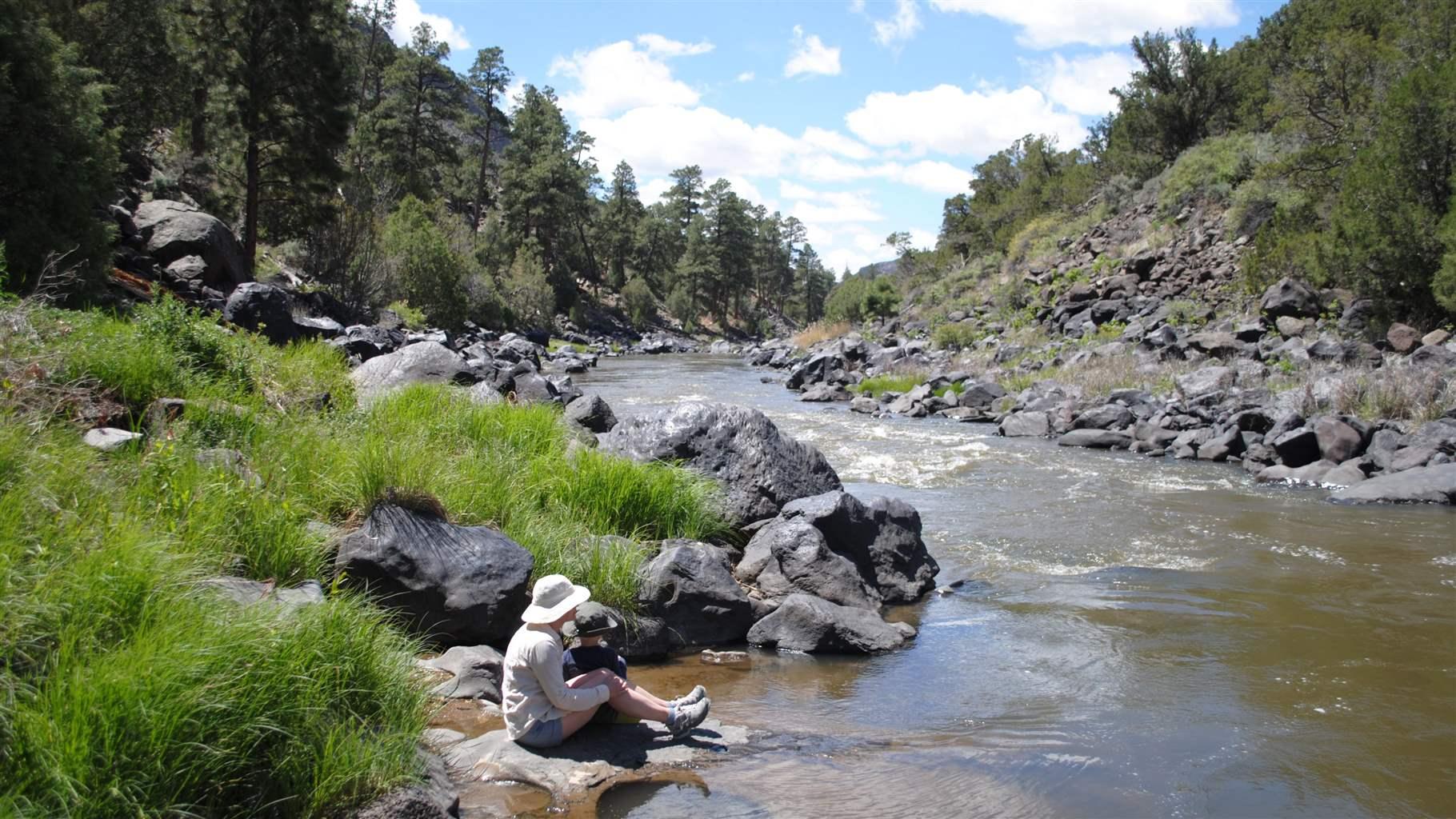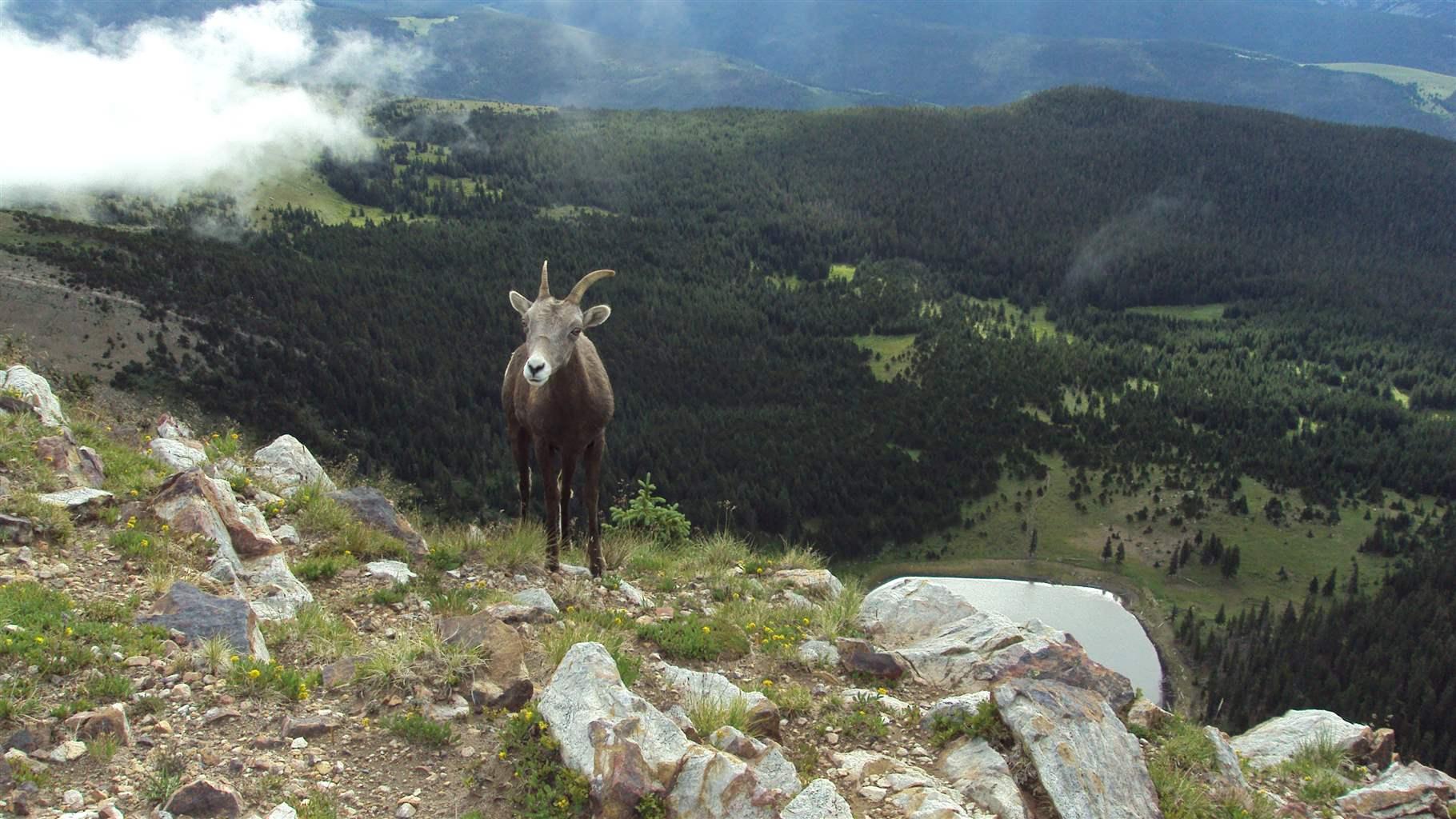In New Mexico, Pecos River Sustains Communities, Traditions, and Wildlife
Diverse coalition petitions state to protect clean, free-flowing waters from pollution and other threats
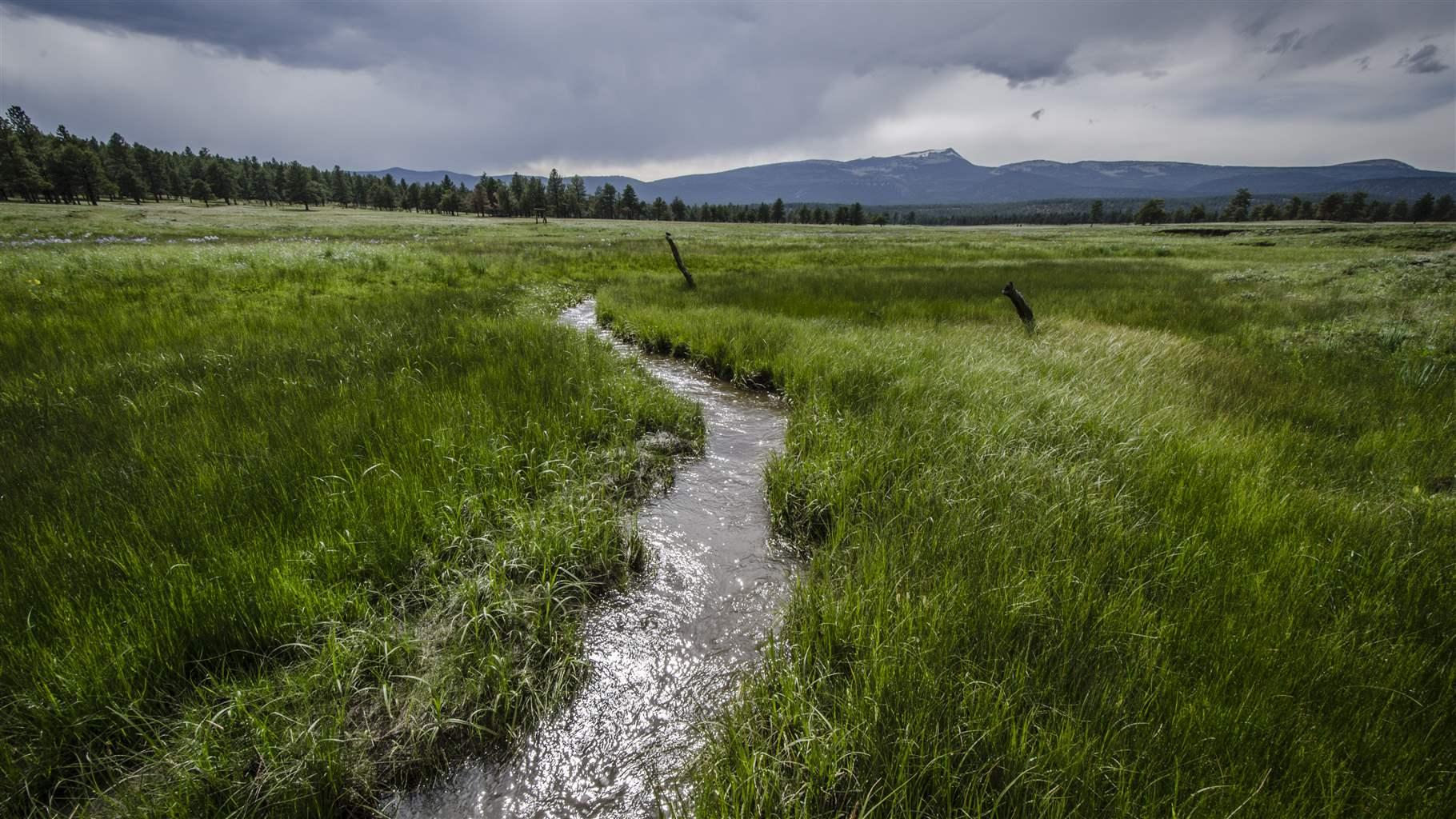
The Pecos River in northern New Mexico is the lifeblood of a vibrant riverine ecosystem, supporting numerous wildlife species while providing clean drinking water to surrounding communities and locally renowned trout fishing and whitewater boating. Originating in the Pecos Wilderness of the Sangre de Cristo Mountains, the Pecos River is in the southernmost section of the Rocky Mountains. It flows through broad valleys, conifer forests, deep canyons, and desert tablelands and is home to rainbow, Rio Grande cutthroat, and brown trout. With a watershed extending over 400 square miles, the Pecos is a cold-water oasis in a desert-like environment.
A local coalition of tribal leaders, business owners, water users, anglers, and conservationists has been working to preserve the rivers and streams in this productive and valuable watershed for current and future generations. On April 20, that work took a big step forward when the New Mexico Acequia Association, San Miguel County, the Town of Pecos, the Upper Pecos Watershed Association, and Molino de la Isla Organics LLC, a large local farm, submitted a petition asking the state government to designate 14.1 miles of the Pecos River and 56.2 miles of its tributaries in the Upper Pecos Watershed as Outstanding National Resource Waters (ONRWs) under the federal Clean Water Act.
By taking that action the state would help local farms, including many run by families, that rely on access to clean water from these rivers for crop irrigation, among other uses. The designation would also help sustain consumer spending that’s part of the $2.3 billion annual outdoor recreation economy in the state.
The ONRW provisions in the Clean Water Act allow states to permanently protect their highest quality, most valued surface waters, such as rivers, streams, lakes, or wetlands. ONRW designation means that no new or increased pollution is allowed on a waterway, although current uses may continue—including traditional activities such as grazing and acequia operations.
As people say, agua es vida, and the waters and aquatic life of New Mexico’s Upper Pecos Watershed have supported the Pecos Pueblo people for generations and remain culturally significant to them today. Farmers, ranchers, and anglers also depend on the watershed for their livelihoods and way of life. Thanks in part to a long history of respect for and stewardship of the environment among those who live in the area, most of the waters of the Upper Pecos remain clean and healthy, and eligible for ONRW designation.
ONRW designation would help protect the Pecos watershed from numerous threats, including erosion and runoff from new road construction and extractive activities that could degrade these pristine waters. And, as droughts and monsoons in the region worsen—due, experts say, to climate change—safeguarding clean, free-flowing water is even more important.
In the coming months, the public will have an opportunity to submit comments on the ONRW petition to New Mexico’s Water Quality Control Commission. The commission will weigh the contributions of the river to downstream water users, outdoor enthusiasts, tribal interests, and traditional uses against future activities that would exploit the watershed. The Pew Charitable Trusts joins the petitioners in urging the commission to safeguard this natural asset to help current and future generations of New Mexicans and visitors thrive.
Nicole Cordan oversees river corridor work for The Pew Charitable Trusts’ U.S. public lands and rivers conservation project.


America’s Overdose Crisis
Sign up for our five-email course explaining the overdose crisis in America, the state of treatment access, and ways to improve care
Sign up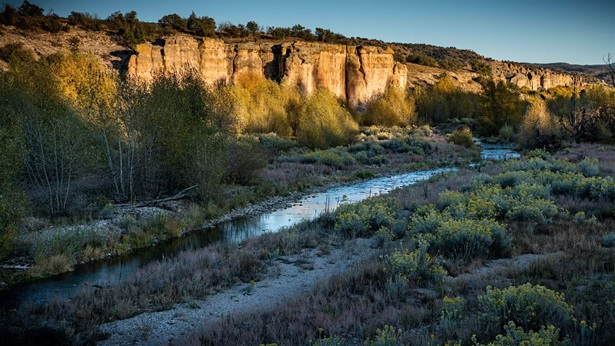
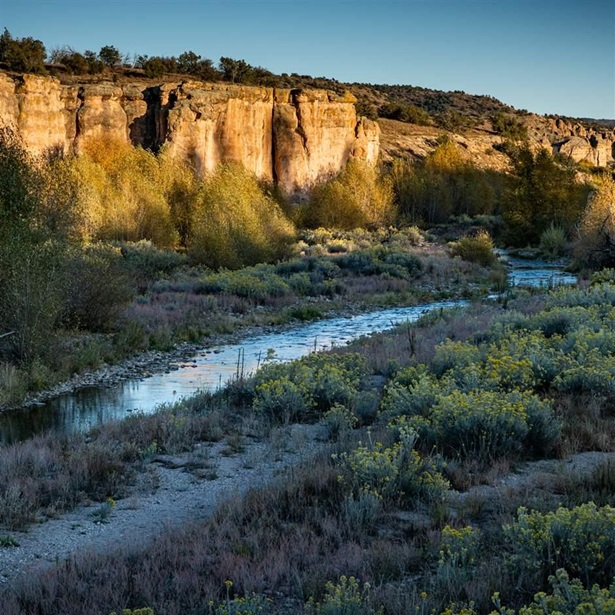
Find Out Which River Species You Are
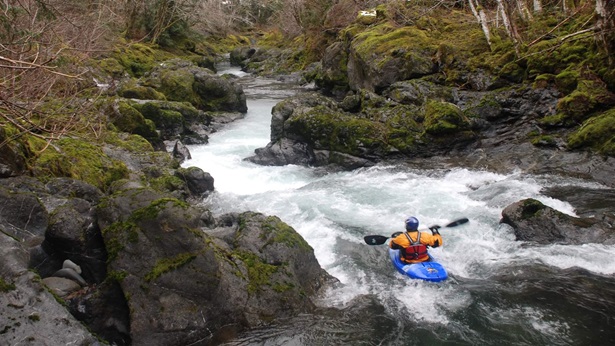
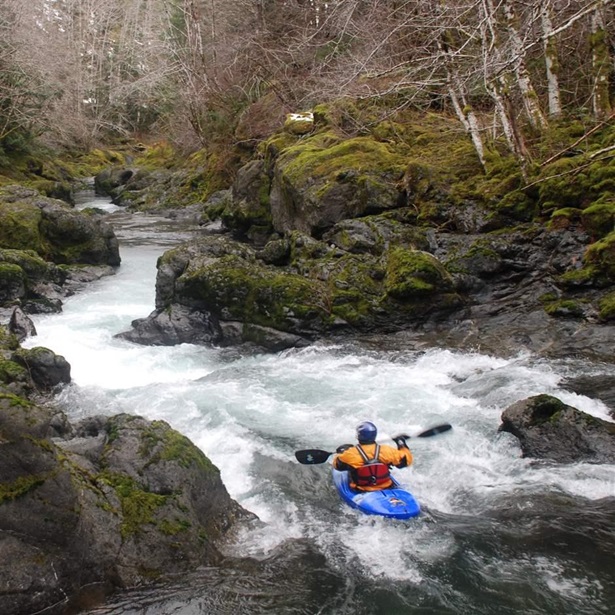
Free-Flowing Rivers Help Ecosystems, Wildlife, People, and the Economy
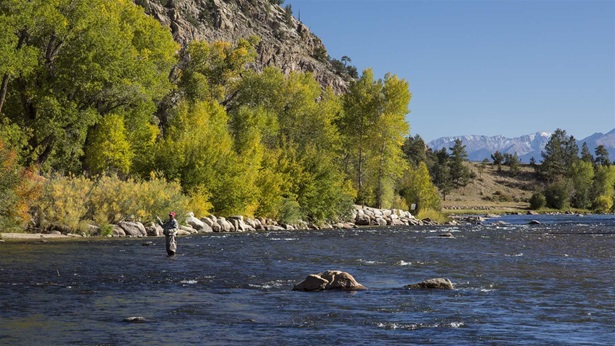
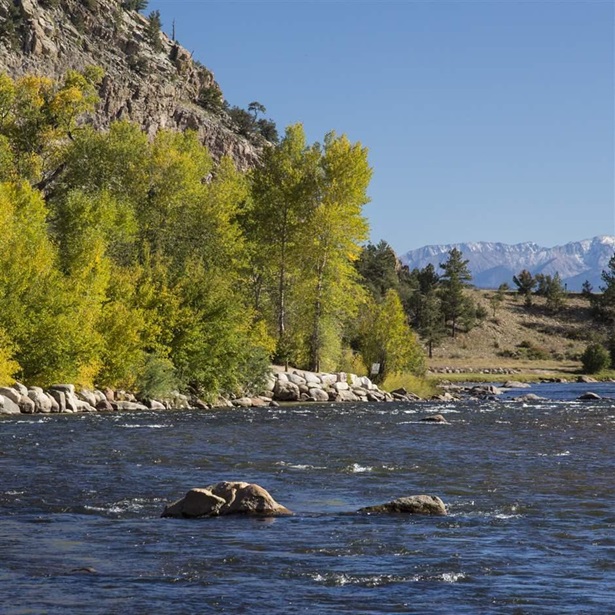
5 Reasons the U.S. Needs Free-Flowing Rivers
